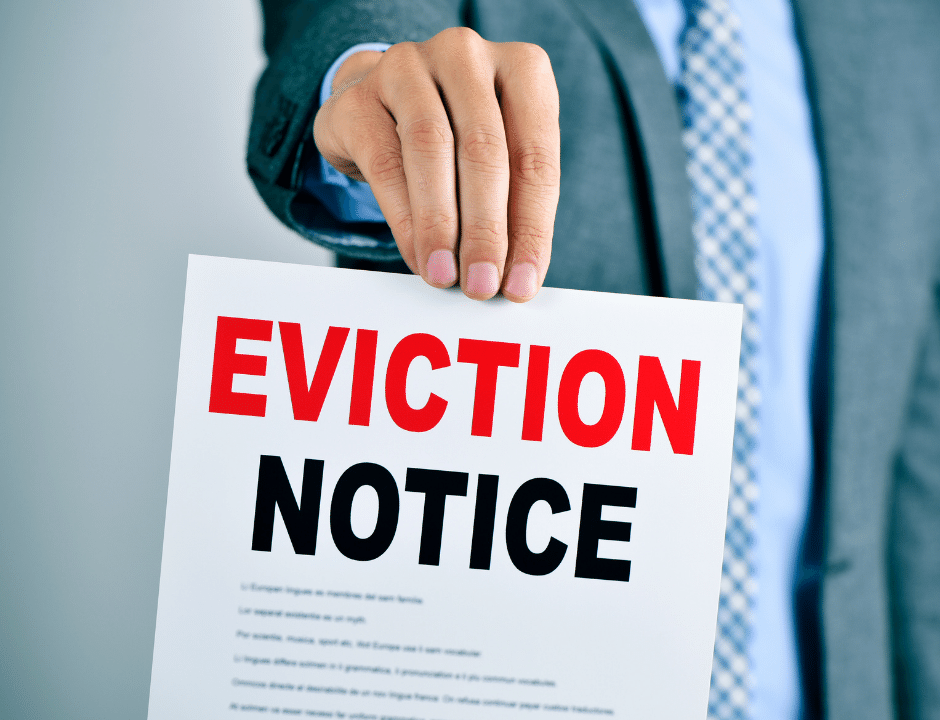
- Home
- About Us
- Our Services
- DIY Services
- Lease Renewal Service: Simplify Tenant Retention
- Mid-Lease Condition Assessments: Proactive Property Management Made Easy
- Move Out Process: Hassle-Free Tenant Transitions
- Maintenance Coordination Service: Simplify Property Maintenance
- Lease Only Service: Professional Tenant Placement in Pittsburg, CA, and Surrounding Areas
- Full Service
- Looking to Sell?
- Pricing
- DIY Services
- Tenants
- Properties For Rent
- Properties For Sale
- FAQs
- Newsletter
- Blog
- Contact






